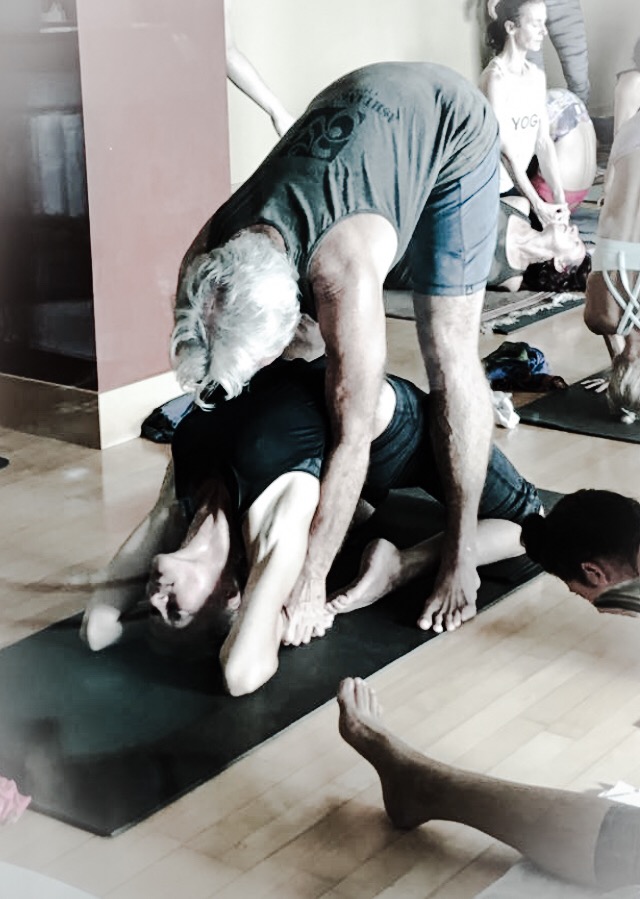 Keep breathing... each inhale, each exhale matters
Keep breathing... each inhale, each exhale matters
Healing the Total Body: Where Western Anatomy Meets Eastern Spiritual Science
Healing Series, part 6
Table of Contents:
Chakras activated by breathing
 breathing,
breathing,  meditation,
meditation,  respiratory system
respiratory system  Keep breathing... each inhale, each exhale matters
Keep breathing... each inhale, each exhale matters
Healing the Total Body: Where Western Anatomy Meets Eastern Spiritual Science
Table of Contents:
Chakras activated by breathing
 breathing,
breathing,  meditation,
meditation,  respiratory system
respiratory system In anatomy, the breath is part of the Respiratory System. We breathe to stay alive, inhaling oxygen coming into our lungs (which gets into our blood and then releases the energy from our cells for us to use), and exhaling carbon dioxide (waste product and toxic if accumulated).
The pulmonary artery brings oxygen-poor blood and carbon dioxide-rich blood to the Alveoli, microscopic branching airways to the lungs. The Lungs nourish the blood. Blood leaving the lungs is low in carbon dioxide and rich in oxygen.
Parts of Respiratory System:
 oxygen,
oxygen,  respiratory system
respiratory system Ujjayi breathing in yoga calms the Nervous System too. Breathing that's involved in most other activities, such as hiking up a hill, exerts the breath in a way that allows more oxygen for the muscles and Respiratory System. In other words, breathing through the mouth is necessary to withstand most activities. In yoga, it's not necessary to open the mouth to breathe, as we bathe ourselves in the breath that circulates within us; there are resting yoga postures for exhaustion such as Balasana (Child's Pose).
What happens to the Respiratory System when we are working beyond our capacity? Or when we are practicing Pranayama breathing, voluntarily holding our breath at top of inhale or bottom of exhale, or even holding our breath under water?
Typical breathing is under involuntary respiratory control but we have the capacity for voluntary control too. As the levels of carbon dioxide and hydrogen ions increase in bodily fluids, impulses from the respiratory center overcome the voluntary inhibition of breathing, forcing us to take a breath. Deep and rapid breathing is called hyperventilation. If this gets out of control, and fear enters, a panic attack could occur. Breathing is essential for our life.
Why do we get thirsty when exercising and out of breath? Muscle-building pulls water from the muscles and into the blood (like a pump) to maintain circulation. Staying hydrated is necessary. Drinking water replenishes us; thirst is not related to sweat or electrolytes. It would seem to be part of Respiratory System as it occurs when exhausted but it's the Muscular System.